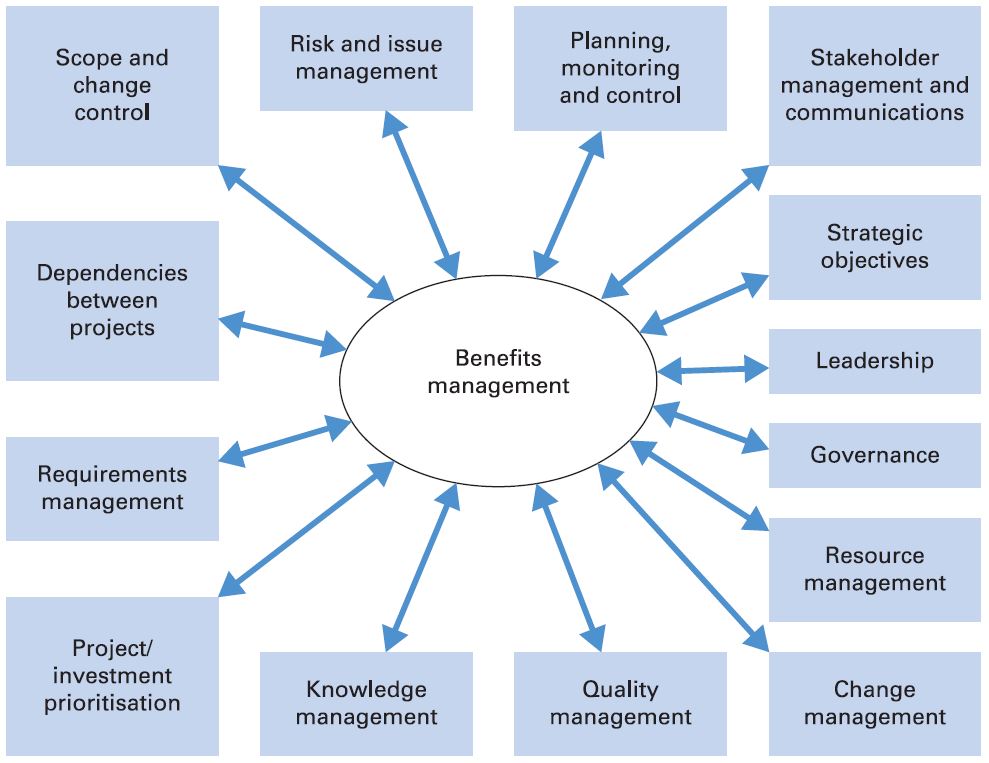What is a benefits management framework and how can you use it?

There are four steps in competence – unconscious incompetence, conscious incompetence, conscious competence and unconscious competence. It’s never-ending, the moment you become competent at one thing, you start learning the next one.
For most project professionals, and most organisations, benefits management fits this process. We are consciously incompetent. We know that we have to do benefits management, and we’re aware how badly we do it. A small number of organisations are blissfully unaware of benefits management (unconsciously incompetent), and an even smaller number are consciously competent (have to work at benefits management every step of the way, but on the whole are doing a good job of it).
The new Association for Project Management (APM) publication A guide to using a benefits management framework (Benefits guide) helps organisations and individuals progress from step two to step three. Step four is up to you – becoming unconsciously competent always takes practice.
If you are aware that you could do benefits management better, then you are probably on the journey. If you have benefits management in some of your projects, programmes and/or portfolios, and have aspirations to apply it consistently across the whole of a division of the organisation, or across the whole organisation, then you are certainly on the journey. This book is for you.
You can find in depth information and recommended reading about benefits management in the Appendix of the guide as we are aware of, the hundreds and even thousands of pages already written about how to do benefits management, and we didn’t feel the need to duplicate that material in this practical guide. Instead, we take people beyond benefits management and into benefits management frameworks.
Benefits management is a decision-making tool. It isn’t an end in itself. You use the skills of benefits management to define the problem, decide whether to approve a case for investment and decide on the best or most appropriate way to respond to each of the obstacles that arise whilst delivering the project:

But most organisations have more than one demand on their resources. Most organisations have to prioritise, to decide what gets funded this year, what gets postponed to tranche two (whenever that is), and what will be excluded. In order to compare different cases for investment, you need a consistent approach applied across your projects – and to get a consistent approach, you need a framework. Implementing this consistent approach, including dealing with legacy projects, is the subject of chapter four of the Benefits guide, and directions for embedding the benefits framework can be found in chapter five.

Above all, it’s a practical book. It has grown out of experience – the contributors’ experiences, authors’ experiences, and the experiences of volunteers which were learned through leading workshops and events with the APM Benefits and Value Specific Interest Group (SIG) and APM members throughout UK.
Benefits management is not rocket science, it’s common sense. Consistency across an organisation is also not rocket science. However as with a lot of simple things, they are the hardest to roll out. On one hand, we wish you luck with your implementation. On the other hand, we’re offering you the best guide to help you on your way, and we’re confident that you can do it.
You can order the Benefits guide here and if you’re interested to learn more then please get in touch through our Benefits and Value SIG page. You may have been to one of the branch events explaining this guide, including Newcastle, Leeds, and Edinburgh.


0 comments
Log in to post a comment, or create an account if you don't have one already.